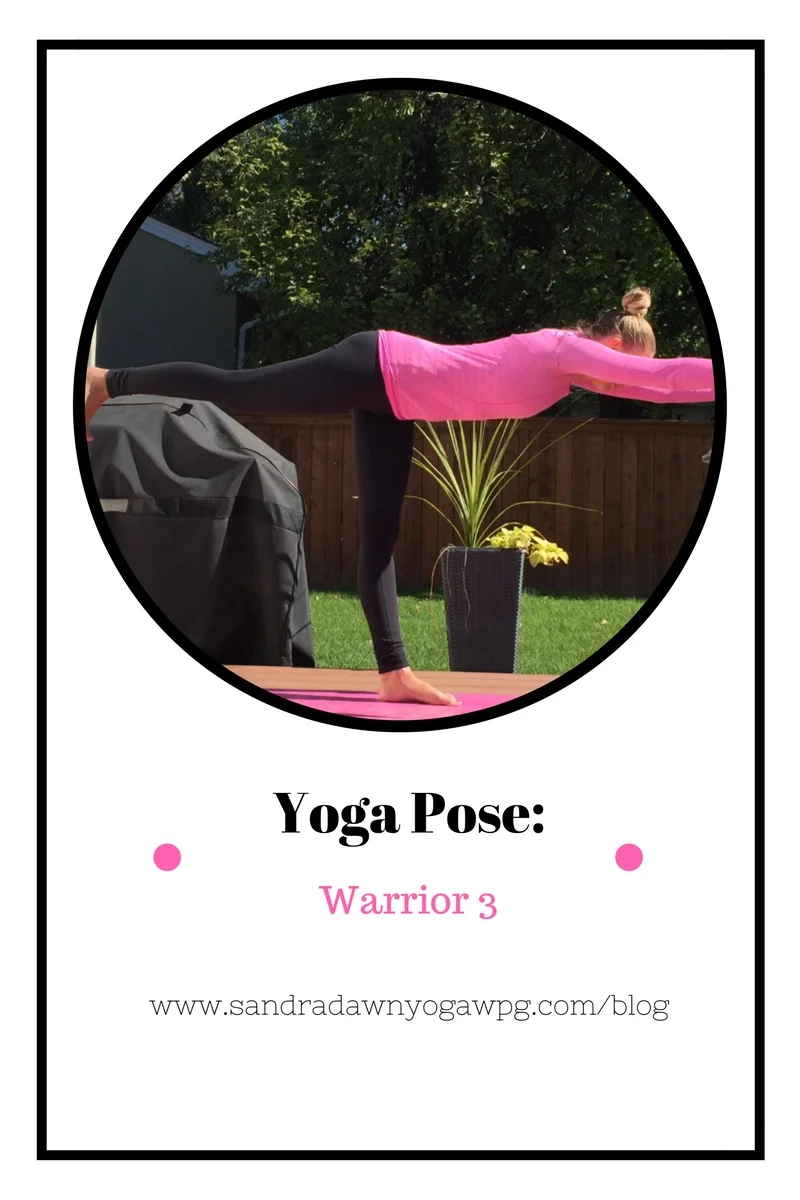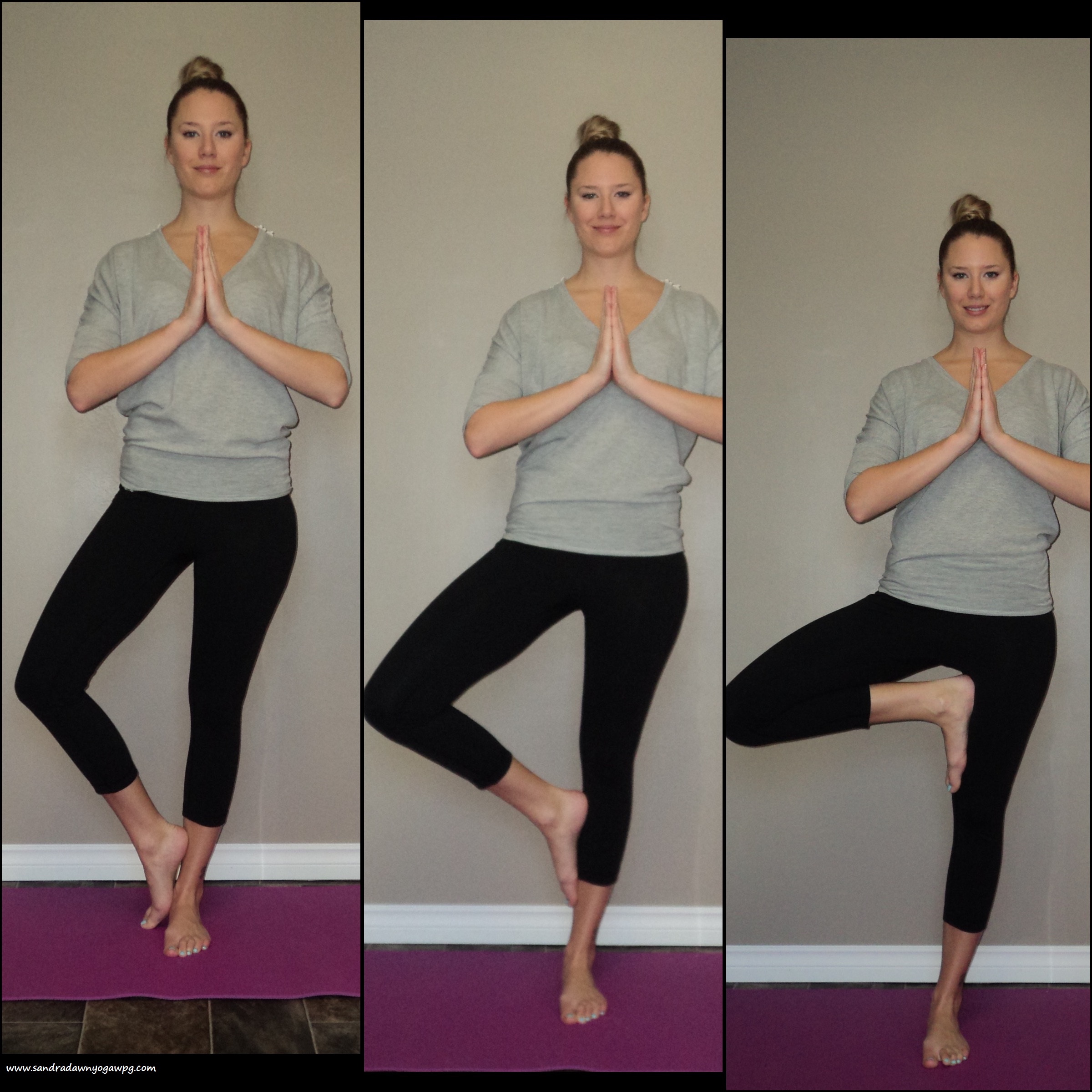Tree Pose - Vrksasana - is my favourite of the balancing poses. It really allows me to focus on grounding into the earth (or rooting - since we are a tree ;)) while finding my balance and lengthening through the spine and upper body. Of course, there are lots of benefits to this pose, including increased balance and strengthening of the legs, feet and ankles. There are three ways you can practice Tree pose - as pictured above - you can keep the toes resting into the ground to help with balance, you can bring the foot to the inner calf, or up into the inner thigh. Work where you are at! Keep reading for more details on how to move into this pose and find a helpful visual at the end of this post.
Difficulty Level: Beginner
Step One: Begin by standing in Tadasana, keeping your hands on your hips, focus on grounding through the four corners of your Left foot into the mat. You may want to try picking up the Right foot just to test the balance.
Step Two: Bend the Right knee, either placing the foot to the Left inner calf, thigh, or keeping the toes onto the mat for extra support. IMPORTANT: Please do not place the foot on the knee joint.
As you bend the knee, you are externally rotating the hip joint - so the knee is now pointing away from the Left Leg. As the Right foot presses into the Left leg, the Left leg presses back into the foot.
Step Three: Notice where your hips are in space. Often the hip on the bent leg lifts up in this pose - we want the hips to be level. Keeping the hands on the hips, try bringing the hip bones into one line.
Step Four: Breathe and Balance. Try staying her for 10 breaths - remember, it's ok if you fall out, just try your best!
Palms can join at Heart center.
Shoulders release down and away from the ears.
Spine is long, reaching through the crown of the head as the foot continues to ground you to the earth.
Perhaps you can raise the arms, stretching and lengthening through the upper body, reaching the finger tips to the sky.
Step Five: To release, bring the hands back to the hips and carefully step the right foot to the floor. Now try on the other side!




